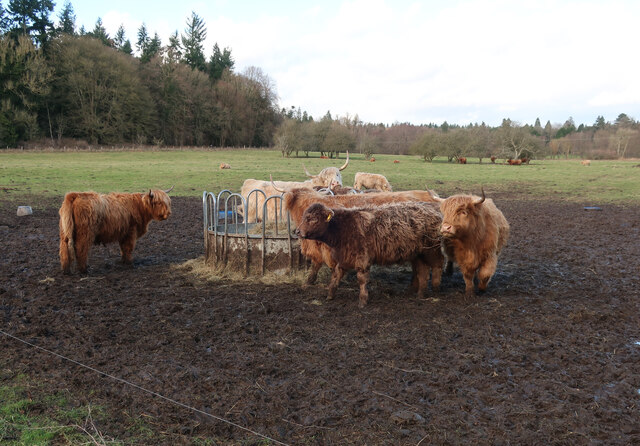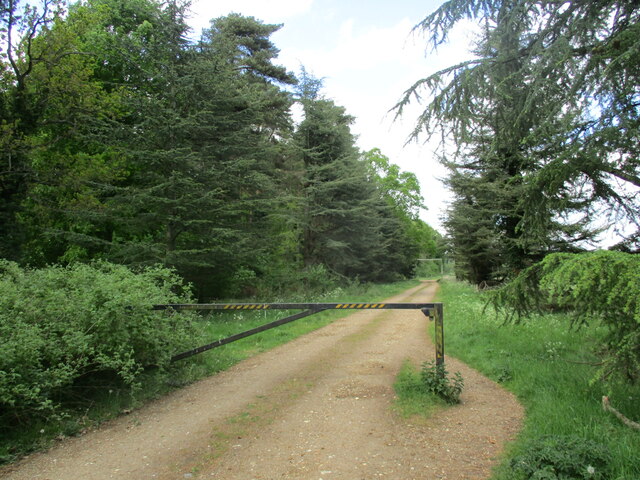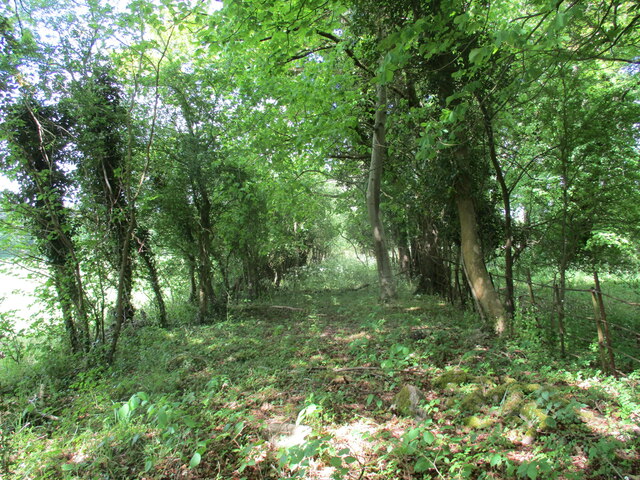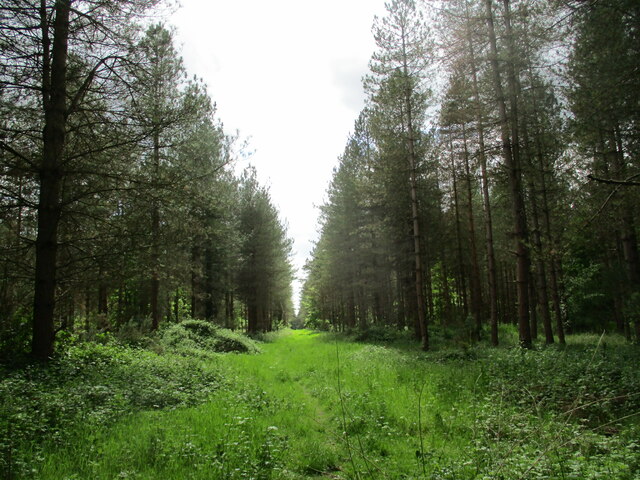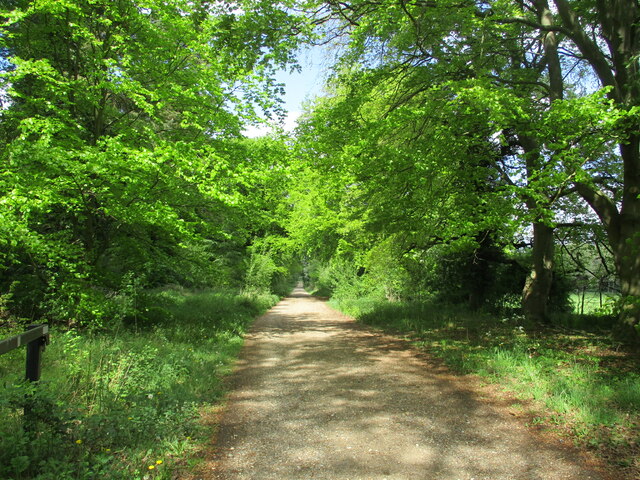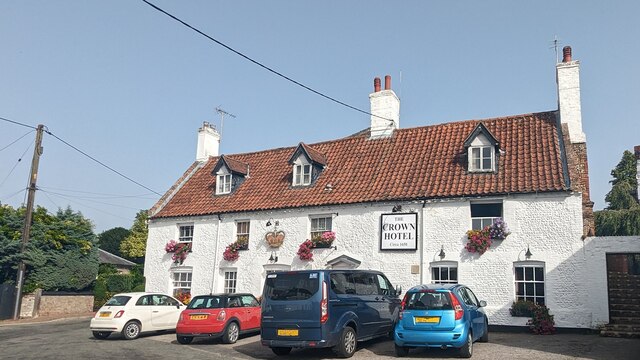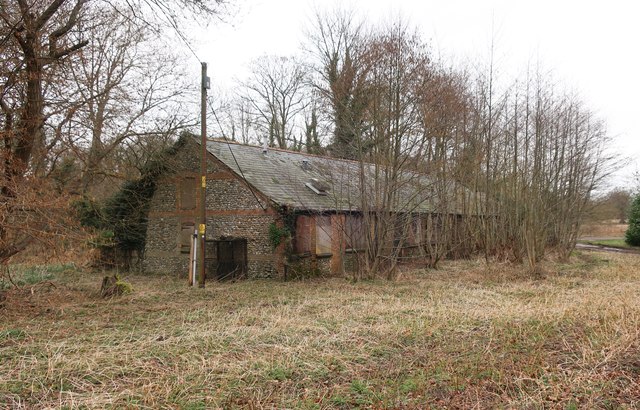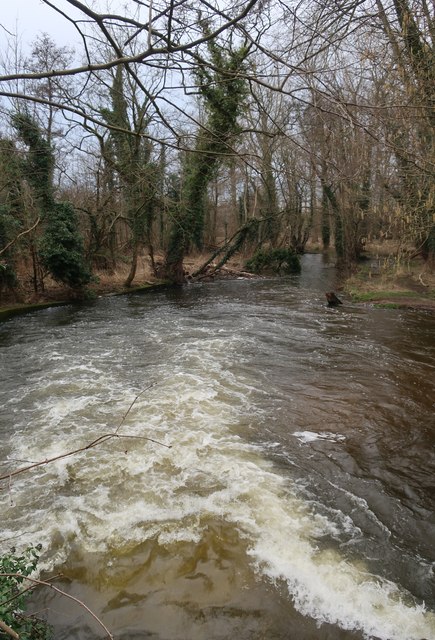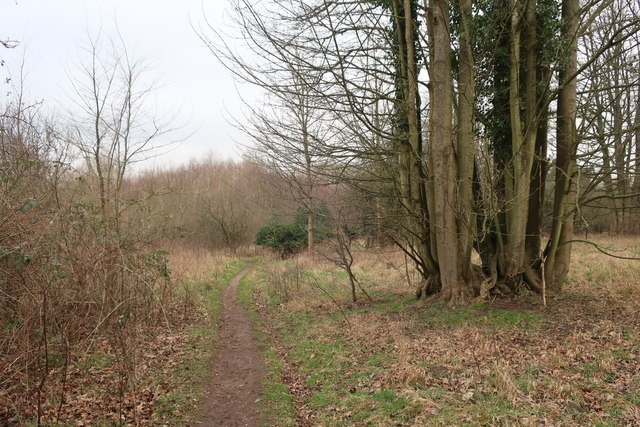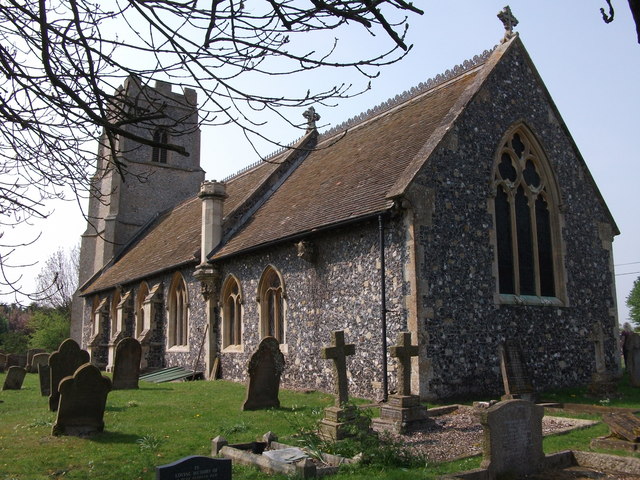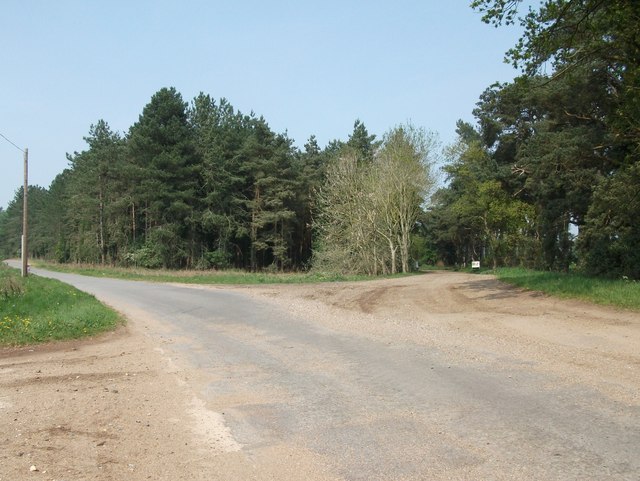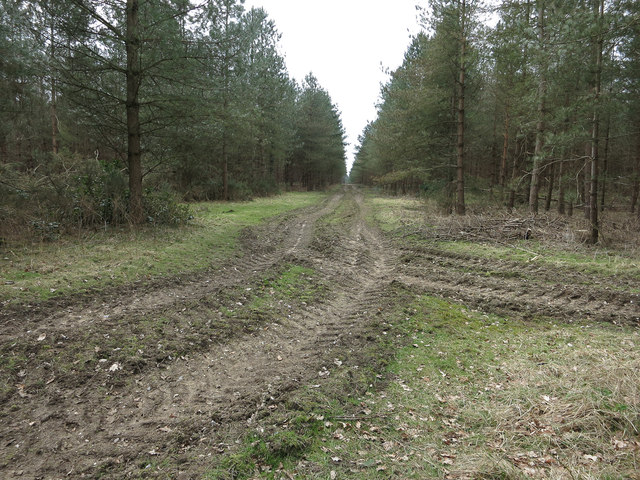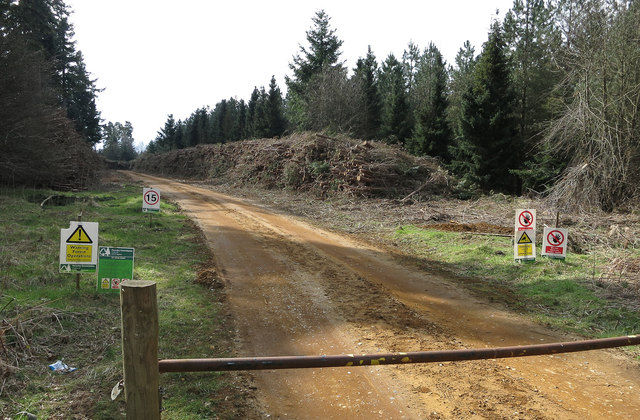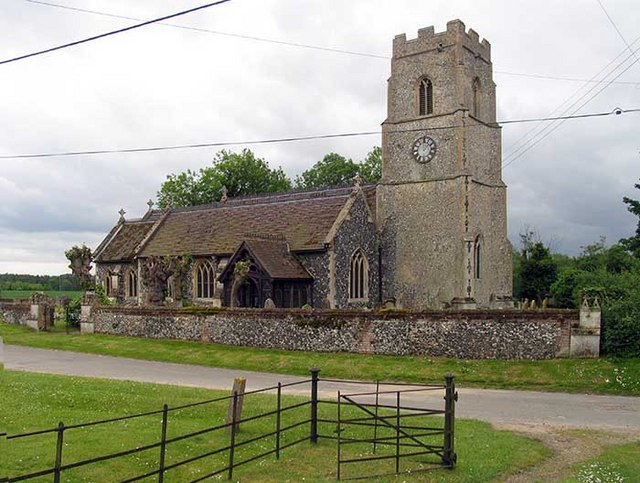Wellington Plantation
Wood, Forest in Norfolk Breckland
England
Wellington Plantation
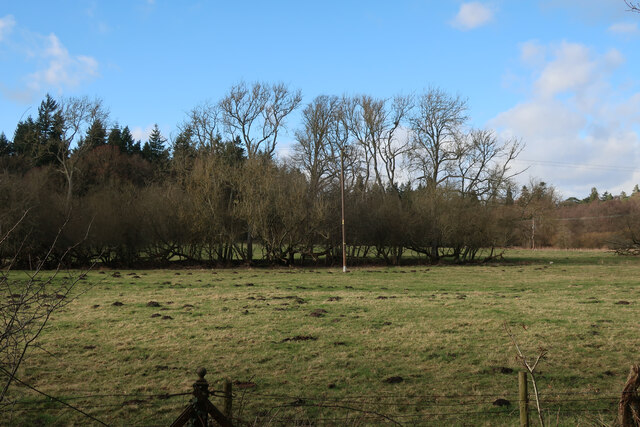
Wellington Plantation, located in Norfolk, is a picturesque woodland area that offers a serene and natural escape from the hustle and bustle of city life. Spanning over a vast area, the plantation is known for its dense and diverse forest, providing a haven for wildlife and a tranquil setting for visitors to immerse themselves in nature.
The woodland of Wellington Plantation is characterized by its tall and majestic trees, creating a canopy that filters the sunlight and casts dappled shadows on the forest floor. The plantation is home to a variety of tree species, including oak, beech, and pine, contributing to the rich biodiversity of the area.
Exploring the plantation, visitors can meander along well-maintained trails that wind through the forest, allowing them to experience the beauty of nature up close. Along the way, they may encounter a plethora of flora and fauna, from vibrant wildflowers and ferns to deer, squirrels, and a myriad of bird species.
Wellington Plantation also offers a range of recreational activities for visitors to enjoy. Picnic areas are scattered throughout the woodland, providing an idyllic spot for families and friends to gather and enjoy a meal surrounded by nature. The plantation also has designated areas for camping, allowing visitors to fully immerse themselves in the natural beauty of the area by spending a night under the stars.
Overall, Wellington Plantation is a treasured natural gem in Norfolk, offering a peaceful retreat for nature enthusiasts, hikers, and families alike. Its pristine woodland, diverse wildlife, and recreational opportunities make it an ideal destination for those seeking a serene and rejuvenating experience in nature.
If you have any feedback on the listing, please let us know in the comments section below.
Wellington Plantation Images
Images are sourced within 2km of 52.513603/0.67229524 or Grid Reference TL8193. Thanks to Geograph Open Source API. All images are credited.

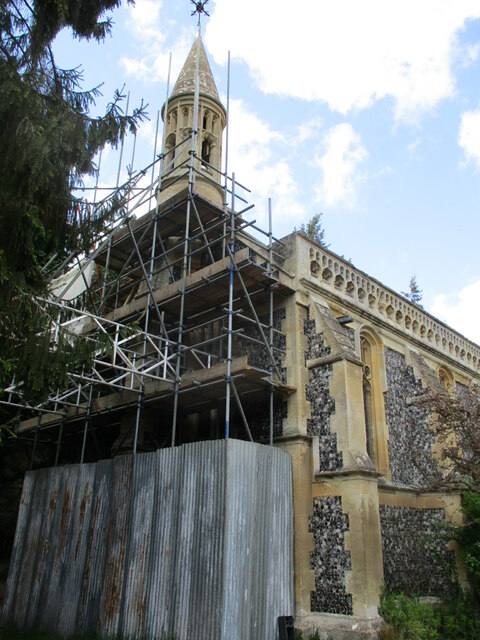
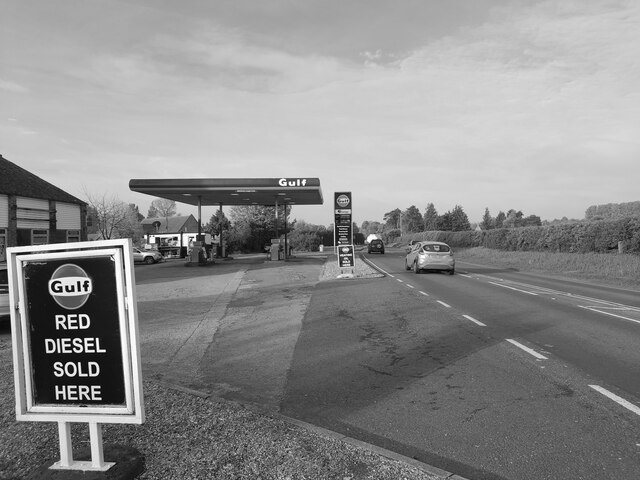
![Lynford Hall, Mundford Full of standard Victorian motifs such as shaped gables, mullioned and transomed windows, and an exotically-roofed and asymmetrically-placed tower. By William Burn, 1856-61, for Mr and Mrs Lyne-Stephens (he was a banker, &quot;reputedly the richest commoner in England ...[who] made his first fortune by inventing opening eyes for dolls&quot;). Grade II listed.
The house is now a hotel.
Burn (1789-1870), a pupil of Robert Smirke, established himself in his Scottish homeland before doing the same in England. He was a phenomenally prolific designer of country houses, sought after by the wealthy largely because he was very adroit at planning homes to accommodate the increasing complexity of Victorian country house living - vast numbers of very specialised servants requiring specialist rooms and more segregation of the sexes (e.g. billiard rooms). In his Biographical Dictionary of British Architects, Howard Colvin states that by 1840 Burn &quot;had already designed or altered ninety country houses, besides thirty churches and twenty-five public buildings&quot;, and he was to be in practice for almost another thirty years. He was competent across the gamut of architectural styles, but the results were rarely very exciting.](https://s2.geograph.org.uk/geophotos/03/39/70/3397046_84e9de42.jpg)
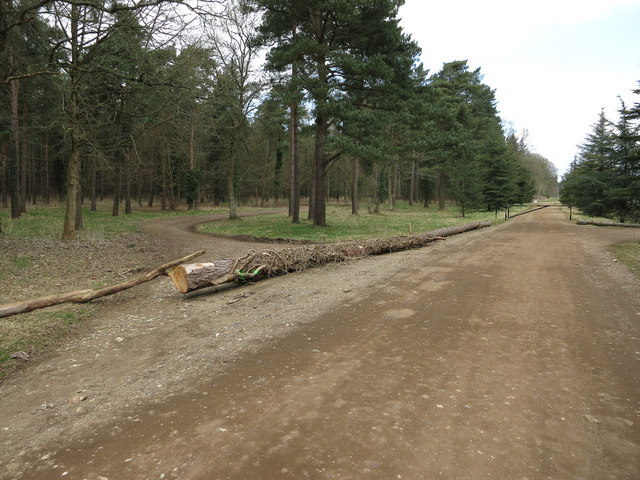
Wellington Plantation is located at Grid Ref: TL8193 (Lat: 52.513603, Lng: 0.67229524)
Administrative County: Norfolk
District: Breckland
Police Authority: Norfolk
What 3 Words
///trombone.seating.sprains. Near Mundford, Norfolk
Nearby Locations
Related Wikis
Lynford Hall
Lynford Hall is a neo-Jacobean country house at Mundford, near Thetford in the English county of Norfolk. It is now a hotel. == Location == The Lynford...
Ickburgh
Ickburgh is a village and civil parish in the English county of Norfolk. The villages name means 'Ic(c)a's fortification'. == Location == It is situated...
Mundford
Mundford is a village and civil parish in the English county of Norfolk. It is situated at the intersection of two major routes, the A134 Colchester to...
Buckenham Tofts
Buckenham Tofts (or Buckenham Parva; Little Buckenham) is a former civil parish, now in the parish of Stanford, in the Breckland district, in the county...
Nearby Amenities
Located within 500m of 52.513603,0.67229524Have you been to Wellington Plantation?
Leave your review of Wellington Plantation below (or comments, questions and feedback).
